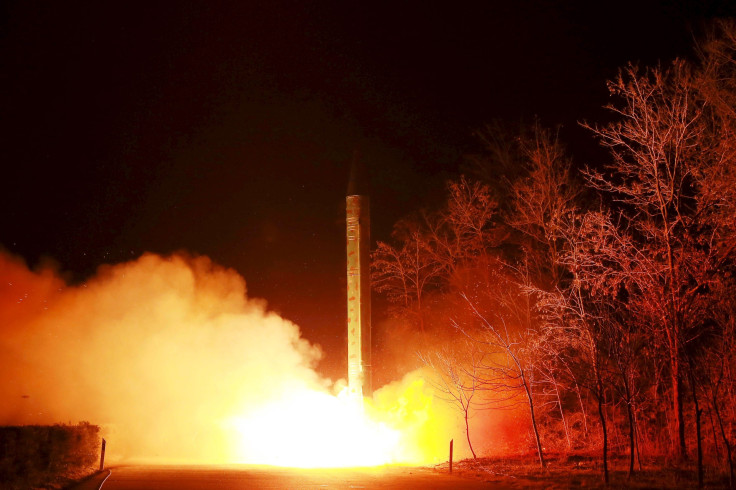North Korea News: Can Nuclear, Long-Range Missiles Hit The United States? Senior US Military Official Explains Country's Capabilities

North Korea’s nuclear program doesn’t yet have the capability for the long-range missile re-entry that would be necessary to successfully hit far away targets like the United States, according to a senior U.S. military official.
“I think they could mate a warhead with a delivery device,” the official told Reuters Thursday, speaking on the condition of anonymity. “They’re just not sure [about] re-entry. They’re endeavoring to overcome that.” Re-entry refers to a missile to making its way back through the atmosphere after launch without burning up in order to effectively hit its target.
North Korea could be well on their way to developing that capability because it’s likely they are already able to mount a small nuclear warhead onto a long-range missile.
“Yes. Our assessment is that they have the ability to put it on – a nuclear weapon on a KN-08 and shoot it at the homeland,” U.S. Adm. Bill Gorney said at a Department of Defense press briefing in April 2015 when asked if North Korea might have such capabilities.

At a United National Security Council meeting in November, the UN unanimously voted to impose stricter sanctions on North Korea after the country repeatedly violated existing sanctions. North Korea has so far tested nuclear devices twice in 2016. More than 28,000 U.S. troops remained in South Korea in December to provide defense against North Korea’s nuclear powers. The U.S. also planned to increase its number of missile interceptors, designed to eliminate as it launches through space, from 30 to 44 by 2017.
“North Korea possess significant ballistic missile capabilities,” the nonprofit Nuclear Threat Initiative said on its website. “And since the collapse of the Soviet Union has been one of the most active exporters of complete ballistic missile systems, components and technology.” North Korea is neither a member of the Missile Technology Control Regime, nor the Hague Code of Conduct Against Ballistic Missile Proliferation.
© Copyright IBTimes 2024. All rights reserved.












